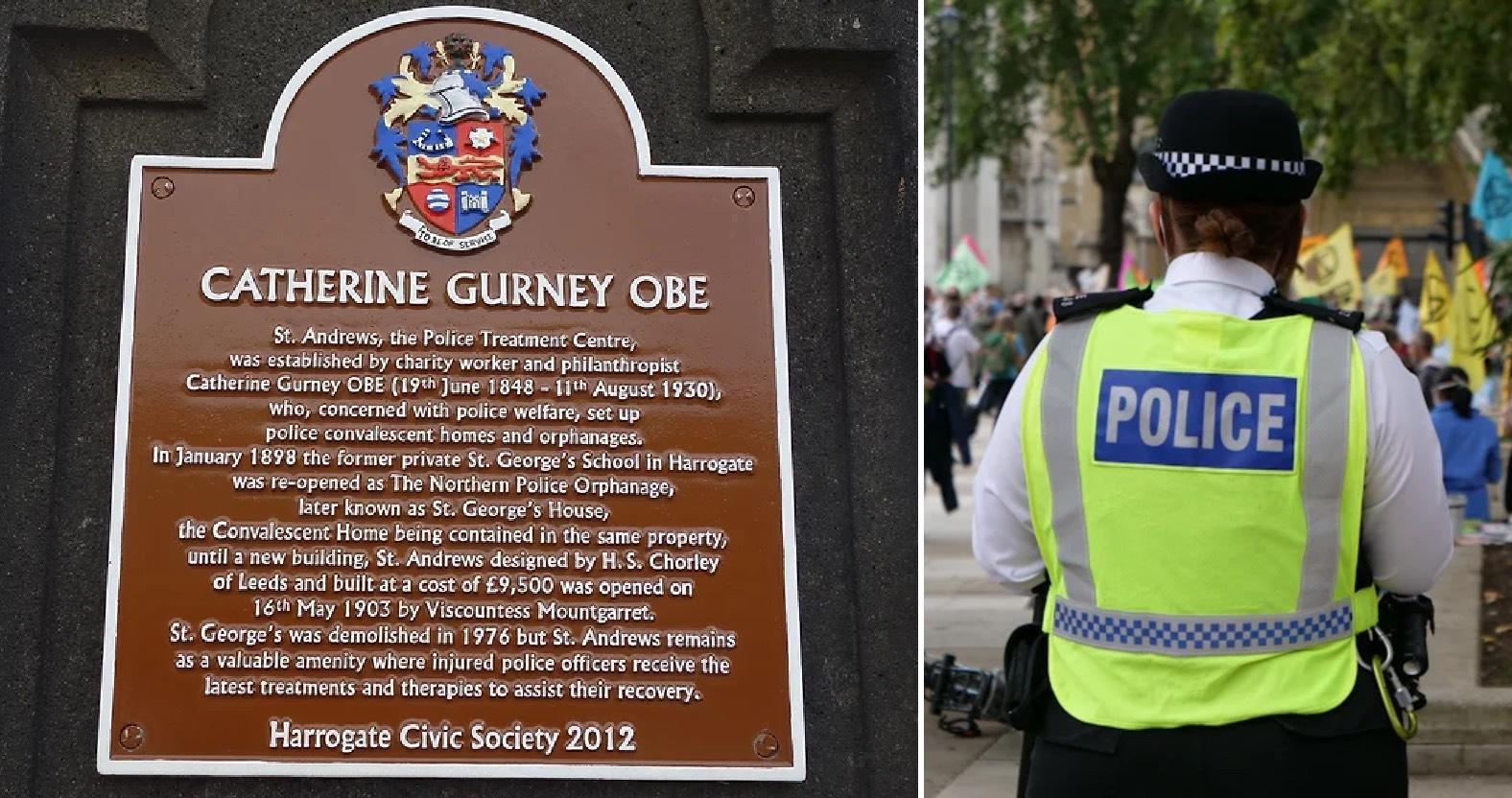Subscribe to trusted local news
In a time of both misinformation and too much information, quality journalism is more crucial than ever. By subscribing, you can help us get the story right.
- Subscription costs less than £1 a week with an annual plan.
Already a subscriber? Log in here.
30
Jun 2024
Local history spotlight Harrogate: Catherine Gurney

To suggest that in the 19th century a woman’s place and status was not only inferior to men but resigned to that of the helper, or ‘the angel at the hearth’, would be an understatement.
Thankfully there are many examples of women refusing to comply to this narrow definition of femininity, becoming prominent figures in society who used their voices to advocate for change.
This is an apt description of Catherine Gurney. Part of the temperance movement of the 19th century, Gurney was instrumental in establishing police convalescent homes, orphanages and schools across the country.
This includes St George’s House and St Andrews, The Police Treatment Centre in Harrogate.
Early life
Gurney was born in Lavender Hill, Battersea on June 19, 1848, to an affluent Quaker family.
Much of her later activism was based on the devout Christian values instilled in her from an early age. Alongside their faith, Gurney’s family had established a legacy for being compassionate advocates for change.
Her grandfather WB Gurney was an abolitionist activist, campaigning against the slave trade, alongside his sister Martha Gurney, a printer, bookseller, publisher – and another example of a woman defying the societal restrictions of the time.
Gurney’s father Joseph worked for the family business W.B. Gurney & Sons as a shorthand writer for the Houses of Parliament, the Old Bailey and other British courts.
It appears that Gurney possessed the same drive and determination that had fuelled her family, and with other trailblazing female relatives to set an example, she too would make her mark on society.
From prison classes to police rehabilitation
In the early 1870s, Gurney set up Bible classes in Wandsworth Prison, a Category B Men’s institution located in the London borough in which she grew up.
Through this work, as well as her charitable endeavours helping the poor, Gurney met many police officers who would often escort her safely home.
According to some reports, one such police officer, grateful for her kindness towards him, remarked ‘What? D’you think a police officer has a soul?’.

Gurney started leading Bible classes in Wandsworth Prison
This made her truly consider the impact the profession could have upon a police officer’s faith and was the catalyst for her establishing the International Christian Police Association in 1883, a charity which still operates under the name Christian Police Association (CPA) to this day.
Not content with only tackling spiritual health, Gurney turned her sights on providing safe spaces for serving officers to meet and recuperate, away from the public eye.
This began with the 1885 opening of the Police Institute in London, which was quickly followed by a centre by the West Sussex coast in 1890. In the first year of opening, over 100 ailing police officers made use of the sanctuary.
Helping Harrogate
In 1897, while visiting Harrogate she negotiated the purchase of the 12 acre site of St George’s College for £10,000, turning the land first into the Northern Police Orphanage and later adding the Northern Police Convalescence Home.
These two buildings were later renamed as St George’s House, and St Andrews, The Police Treatment Centre.
During her twenty plus years as a temperance worker and police welfare advocate, Gurney also served as the World's Superintendent of Work among Policemen and was the Honorary Secretary of the International Christian Police Association.

Princess Anne at the Police Treatment Centre in 2023
Later life and legacy
In 1919, Gurney was recognised for her contributions to society with an OBE. She passed away on August 11, 1930, in Hove, and upon her wishes was buried at Harlow Hill Cemetery in Harrogate.
While St George’s House was eventually demolished in 1976, St Andrews still remains to this day. Over 4,000 police officers a year use the service available at either the Harrogate or Perthshire sites.
Gurney’s work has been continued through charitable organisations such as the St George's Police Trust, which was formed in 2006, and the Police Children’s Fund, which operates from Worthing.
In 2012, the Harrogate Civic Society installed the brown plaque commemorating Gurney’s extraordinary legacy outside of The Police Treatment Centre on Harlow Moor Road.
Sources for this article include a post on St George’s House Harrogate’s website, a blog post by Jeanne Rathbone on her website, a biography and article on the Christian Police Association website, a post on the Flint House Police Rehabilitation Centre’s page, and information posted on the Harrogate Civic Society website.
Thank you for reading this article. Next week the Stray Ferret will become a subscription publication. For less than a pound a week you will be able to access all our content.
Please subscribe and support quality, local journalism - to find out more click here.
0